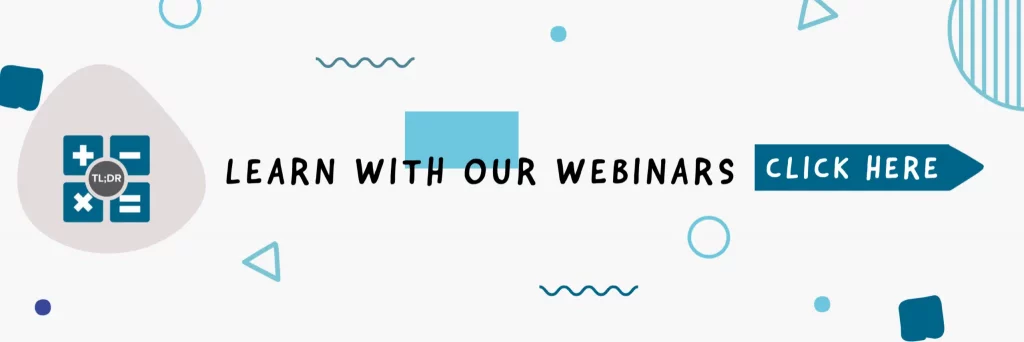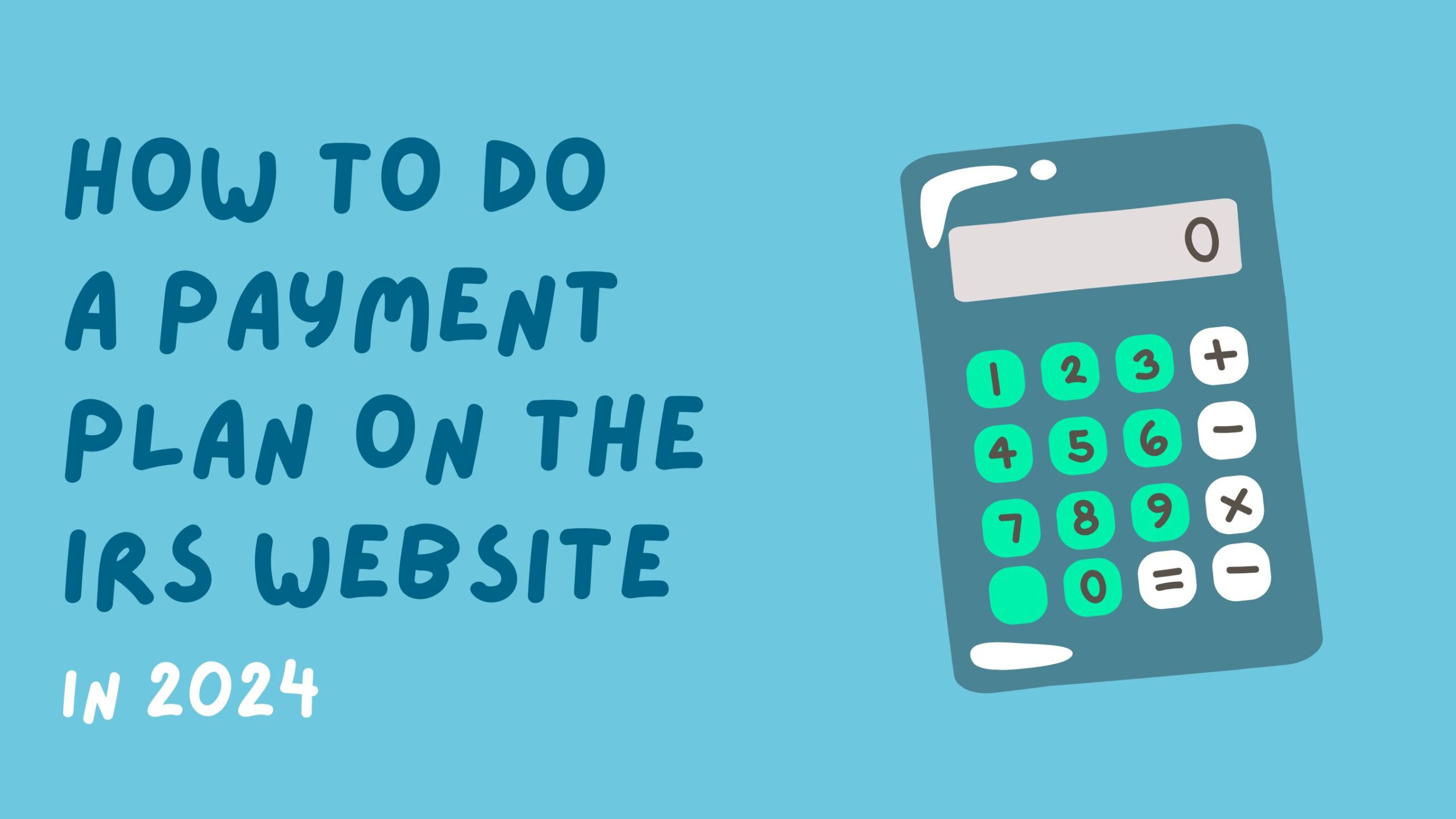What Does It Mean When You Sign Your 8879?
Think back to the last time you had someone (hopefully us) complete your taxes for you. One of the most important steps you had to do for your tax preparer was to sign your 8879.
Now, this is important: tax preparers operate under the assumption that you have read and fully understand the 8879.
We can do a lot of things for you, but we can’t physically read the 8879 for you. We trust that every person who signs the form would have asked us questions about it if they didn’t understand anything.
What Did I Just Sign Then?
Ok, let’s say that you dutifully read your 8879 last time, but you’ve simply forgotten what it says. That’s understandable. There are other people in your situation, and this blog post is just for you.
Let’s first break down the 8879 into chunks.
The Top Portion and Part I
At the top of the 8879 is a lot of fill-in-the-blank information used to identify you and summarize your tax return information. Now, this part is important:
When you sign your 8879, you are certifying that all the names, SSNs, and amounts are correct.
The above is a rephrasing of the second sentence of Part II. Let’s look more into Part II.
Part II
Ok, now’s the time to open up an actual copy of your 8879, which you carefully filed in a safe place after your last tax return, right? But let’s say you’re reading this article on the ferry and you don’t have access to your 8879 at the moment. Go ahead and take a look at this link.
Let’s all very carefully read the first line of Part II. Here it is for your convenience:
Under penalties of perjury, I declare that I have examined a copy of my electronic individual income tax return and accompanying schedules and statements for the tax year ending December 31, 2018, and to the best of my knowledge and belief, they are true, correct, and complete.
Yes, you read this correctly: this is you certifying, under penalties of perjury no less, that your entire tax return and accompanying schedules and statements are “true, correct, and complete.” Now, let’s not waste any time asking why the IRS wants you to say they’re both true and correct…because I don’t get it either. Point is, you are putting your name down as certifying that the whole enchilada, the entire tax return packet, is true, correct, and complete.
…But If I’m Supposed to Sign off on My Tax Return Myself, What Am I Paying You For?
Well, let’s take a look at an important qualifier here. See above where it says to the best of my knowledge and belief? This phrase shows that the IRS understands that you might not be a CPA or an Enrolled Agent.
You’re not expected to necessarily understand every single form in your tax return, but you are signing that it is true, correct, and complete to the best of your knowledge. If there is something you don’t understand, then just ask. As long as it’s not the last minute, you have time to work out anything you don’t understand before you sign the 8879. Just understand that if it’s April 13th your tax preparer might be just a tad busy.
Now let’s go back to the question: what are you paying us (or your tax preparer) for? You’re paying us for a tax return that is accurate, given that the information you provide us is accurate. We may be tax wizards, but we’re not actual wizards; we can’t read your mind. We don’t know if you’re holding any information back, even accidentally. This is one of the reasons we ask a lot of questions — Have you bought or sold a house? Is this all your income? Did you win $500,000 in Atlantic City last July? If so, can you give us a tip? (Just kidding, tipping your tax accountant is super-illegal.)
For real though, undeclared income is something that gets a lot of people in trouble, and we can only do so much to suss out whether you are declaring all of your income. Errors of omission often happen by accident of course (this is why we offer tax monitoring now!).
We’ll skip Part III because it’s not your responsibility.
Instructions: Taxpayer Responsibilities
Flip over to Page 2 of the PDF. There you see a bunch of fine print. Let’s take a look at that other part of the 8879 that you’ve definitely read, the Taxpayer Responsibilities. Yep, that’s you again: the Taxpayer.
Most of these instructions are procedural, but please notice again the phrasing of Item 1:
Taxpayers have the following responsibilities.
- Verify the accuracy of the prepared income tax return, including direct deposit information.
Look, we can make sure that your 8879 gets to the right place after you sign it, that’s no problem. But since we can’t read your mind, we don’t know if you have any reservations about your tax return, or if you’ve forgotten to tell us about that major win in Atlantic City. You don’t have to become a tax lawyer overnight; just please make sure that you can honestly say that your tax return is true and complete to the best of your knowledge and belief. Oh, and correct. Complete, true, and correct.
TL;DR: Make sure you review your tax returns and ask any questions you have BEFORE you sign your 8879.





